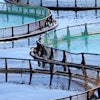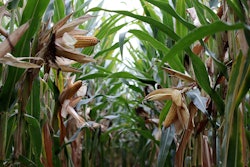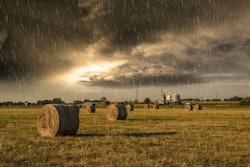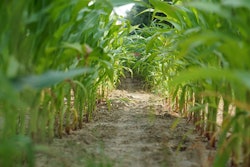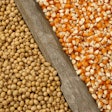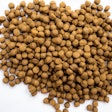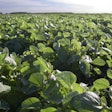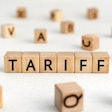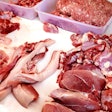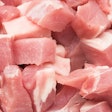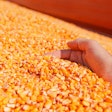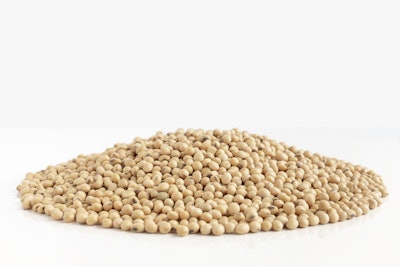
The U.S. Department of Agriculture temporarily spiked soybean prices when it made further cuts to the projected size of this year's U.S. crop, but the reality on the ground may be different than what the data suggest, Todd Goll, a market research analyst at Marex, told the U.S. Soybean Export Council.
Analysts had expected USDA to cut corn and soybean yields with the release of its August World Agricultural Supply and Demand Estimates on account of dry weather across the U.S. corn belt. But the cuts released on Friday — down 2.4 bushels per acre for corn and 1.1 bushels per acre for soybeans — were somewhat larger than the market anticipated, Goll said. However, cuts to demand and export projections offset the reduced yields, leading market bids for both crops to fall in the days after the report.
But those figures, Goll said, were based on survey conducted in late July before a series of rain storms hit in August. And they may not take into account a recent soybean buying spree by China's state reserve.
While Goll said he agreed with USDA's demand assessments in the July report, he said he was a little surprised by the decision to further cut demand in this most recent report. Beyond the fact that China appears to be stockpiling soybeans again, demand from other regions of the world has increased, Goll said. Germany has purchased large quantities of soybeans that it appears to be crushing and refining to make biodesiel that it sells back to the United States, and even Argentina's soybean producers are struggling to keep up with demand from processors in that part of the world, he said.
“They just don't have the beans,” Goll said. “Crushers down there maybe only have 10-12 days of bean supplies, and it has been difficult getting those beans out of Brazil. ... I think there is a chance we will be exporting beans to Argentina.”
What's not clear is just how long these dynamics can last, Goll said. Germany, for example, is clearly trying to capitalize on a price spread that could be “here today and gone tomorrow,” or that could last for some time, he said.
And the U.S. soybean supply could be larger than the numbers suggest, Goll said. Analysts were surprised that U.S. farmers did not plant more soybeans this year in response to strong demand; demand has for corn has not kept pace with growing demand for soybeans, he said. But the acreage reports may not have captured a growing trend that has seen more farmers planting corn and soybeans side by side in order to maximize yields, and Goll said he believes USDA may revise its acreage estimates in September to reflect this shifting paradigm.

